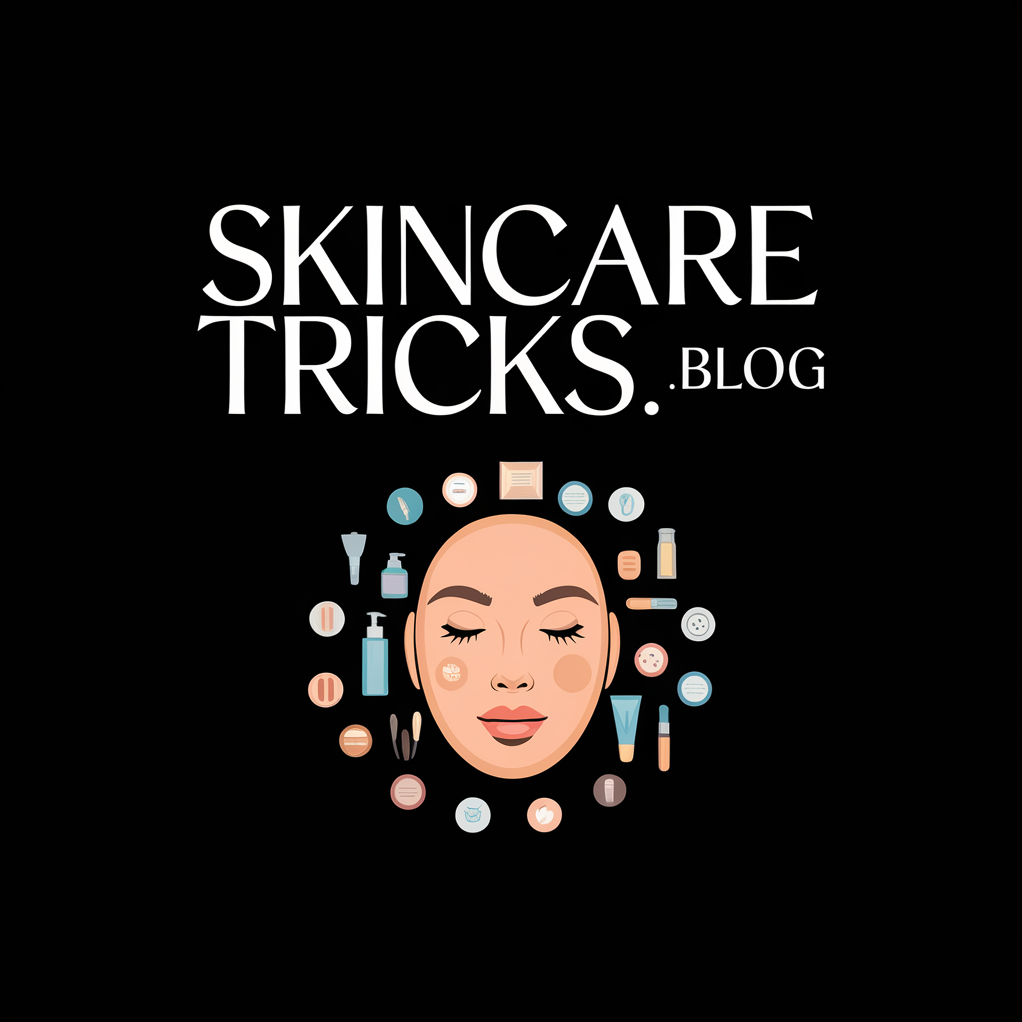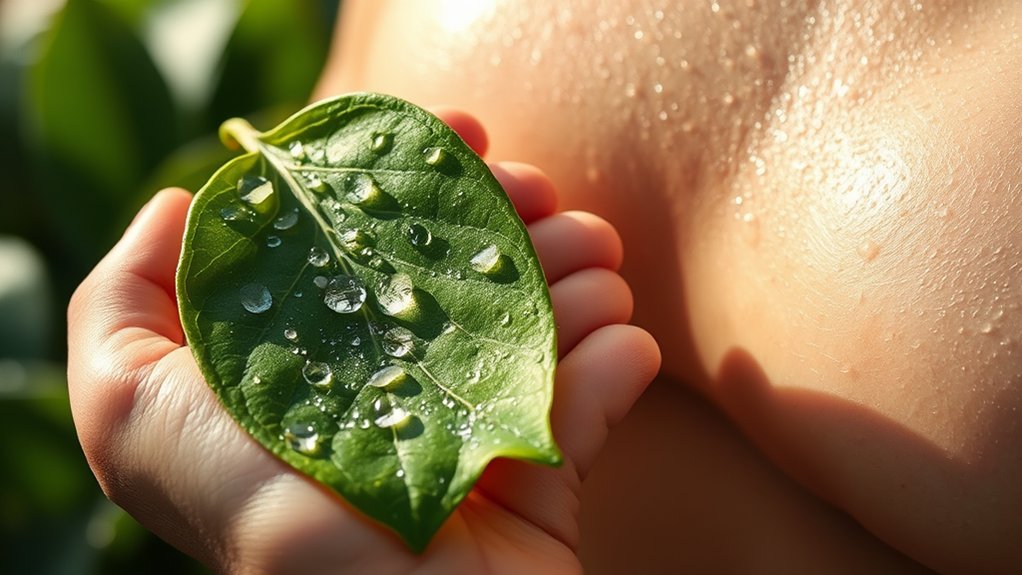Shiny or Flaky. What Your Skin Type Is Telling You
Your skin can reveal a lot about your overall health and specific needs. If you notice a shiny appearance, it might suggest excess oil production, while flaky patches could indicate dryness. Both conditions require distinct care approaches. Understanding what your skin is telling you is key to developing an effective skincare routine. What causes these differences, and how can you address them for healthier skin? Let’s explore the signs further.
Understanding Oily Skin Characteristics
Oily skin is characterized by an excess production of sebum, which can lead to a shiny appearance and enlarged pores. When you compare oily vs dry skin, you’ll notice significant differences. Oily skin tends to feel slick to the touch, especially in the T-zone, while dry skin often feels tight or rough. This overproduction of oil can contribute to acne and other blemishes. Understanding these characteristics is essential for selecting the right skincare products. You’ll want to choose lightweight, non-comedogenic items that won’t clog your pores. Effective cleansing techniques can also play a vital role in managing oily skin. Identifying your skin type helps customize your skincare routine effectively.
Recognizing Dry Skin Symptoms
While many people may focus on the characteristics of oily skin, recognizing dry skin symptoms is equally important for effective skincare.
You might experience tightness, especially after washing your face, or notice visible flakes. Your skin may feel rough to the touch and appear dull rather than radiant.
Cracks or redness can also indicate dryness, potentially leading to irritation. Additionally, your skin might be more susceptible to fine lines and accelerated aging.
Understanding these symptoms allows you to tailor your skincare routine, ensuring you choose the right products that hydrate and nourish your skin effectively. Additionally, recognizing common causes of disrupted skin barrier can help you avoid triggers and improve your skin’s health.
Don’t overlook these crucial signs.
Common Causes of Oily Skin
Understanding the common causes of oily skin is essential for effective management and treatment.
Hormonal fluctuations, particularly during puberty, menstruation, or pregnancy, can trigger excess sebum production.
Additionally, genetics plays a significant role; if your parents had oily skin, you might be more prone to it.
Environmental factors, like humidity and heat, can also exacerbate oiliness.
Over-washing or using harsh products might temporarily strip your skin but can lead to rebound oiliness as it compensates.
Lastly, poor diet, rich in refined sugars and unhealthy fats, can contribute to skin’s oiliness, ultimately affecting your overall complexion. Moreover, stress and diet are key triggers for sebaceous glands that can worsen oiliness.
Factors Contributing to Dry Skin
Dry skin can result from various factors, including environmental influences, hydration levels, and even your genetic makeup. Assessing these elements helps you understand why your skin may be flaky or tight. By addressing each factor, you can develop a more effective skin care routine tailored to your needs. Additionally, identification of triggers is crucial for effective solutions to combat dry skin.
Environmental Influences on Skin
As you navigate different environments, various factors can significantly impact your skin’s moisture levels, leading to dryness. High temperatures and low humidity can strip moisture from your skin, especially in winter months.
Prolonged exposure to harsh winds, sun, or air conditioning further exacerbates this issue. Additionally, pollutants and allergens in urban settings may irritate your skin, compromising its barrier function.
Frequent washing or using drying soaps can also result in moisture loss. Being aware of these environmental influences allows you to take proactive measures, like using humidifiers or protective skincare, to help maintain your skin’s hydration.
Hydration and Diet Impact
When evaluating factors that contribute to dry skin, it’s crucial to recognize the vital role hydration and diet play in maintaining your skin’s health.
Adequate water intake helps keep your skin supple, preventing that tight, flaky feel. On the dietary front, consuming healthy fats—like those found in avocados and nuts—boosts skin moisture levels.
Conversely, a diet high in sugars and processed foods can lead to inflammation, exacerbating dryness. Incorporating fruits, vegetables, and whole grains ensures your skin receives essential vitamins and minerals.
Ultimately, a balanced diet paired with proper hydration can significantly improve your skin’s overall appearance and texture.
Genetics and Skin Type
Genetics plays a significant role in determining your skin type, influencing factors that contribute to dryness. Your genetic makeup dictates how much oil your skin produces, affecting moisture retention.
Variations in genes related to skin barrier function can lead to increased transepidermal water loss, making you prone to dryness. Additionally, family history of skin conditions like eczema or psoriasis can predispose you to dry skin.
Understanding these genetic influences helps you choose appropriate skincare products and routines tailored to your needs, ultimately enabling better skin health.
Embracing your genetic background empowers you to address dryness effectively and maintain optimal skin hydration.
Effective Skincare Routines for Oily Skin
To develop an effective skincare routine for oily skin, you first need to identify your skin’s specific needs.
Choosing the right cleansing products is crucial, as they help remove excess oil without stripping your skin.
Additionally, it’s important to find moisturizers that hydrate without clogging pores, ensuring your skin stays balanced and healthy. Incorporating salicylic acid-based products into your routine can significantly enhance your ability to manage excess oil and prevent breakouts.
Identify Your Skin Needs
How can you effectively manage oily skin and enhance its appearance?
Start by understanding that oily skin often requires a balance between hydration and oil control. Focus on lightweight, oil-free products that won’t clog your pores.
Incorporate ingredients like salicylic acid or niacinamide to help regulate sebum production and reduce the risk of breakouts.
Exfoliation is crucial too, but choose gentle methods to avoid irritation.
Lastly, don’t skip moisturizer; even oily skin needs hydration.
Adapting your routine to these specific needs can lead to a more balanced, healthier complexion, making an impactful difference in how your skin looks and feels.
Recommended Cleansing Products
Selecting the right cleansing products is essential for managing oily skin effectively.
Opt for gel-based or foaming cleansers containing salicylic acid, which helps break down excess oil and prevent breakouts. Look for non-comedogenic formulations to avoid clogging your pores.
Daily exfoliating cleansers with alpha or beta hydroxy acids can also remove dead skin cells, leading to a clearer complexion. Additionally, consider charcoal or clay masks once or twice a week to draw out impurities.
Always follow up with a toner to maintain pH balance. Stick to gentle, sulfate-free options to prevent irritation and over-drying, ensuring a healthy skin barrier.
Moisturizing Without Clogging
What if you could keep your skin hydrated without adding excess oil? To achieve this, focus on lightweight, oil-free moisturizers containing ingredients like hyaluronic acid or glycerin.
These components draw moisture into the skin without clogging pores. Look for non-comedogenic labels to ensure compatibility with oily skin.
Additionally, consider gel-based moisturizers, which absorb quickly and provide hydration without a greasy residue.
Incorporating a regular exfoliation routine can also help by removing dead skin cells, leading to improved product absorption.
Ultimately, a balanced approach to moisturizing can keep your skin hydrated and healthy while controlling shine.
Recommended Treatments for Dry Skin
When dealing with dry skin, several effective treatments can significantly improve your skin’s hydration and appearance.
First, invest in a rich, emollient moisturizer containing ingredients like hyaluronic acid and glycerin. Incorporate a gentle, hydrating cleanser that won’t strip your skin of essential oils.
Consider using a humidifier in dry environments to maintain moisture levels. Additionally, applying a nourishing oil, such as jojoba or almond oil, can enhance hydration.
Lastly, avoid hot showers, opting for lukewarm water instead, and limit exfoliation to prevent further irritation.
With consistent care, you’ll restore your skin’s vitality and texture.

